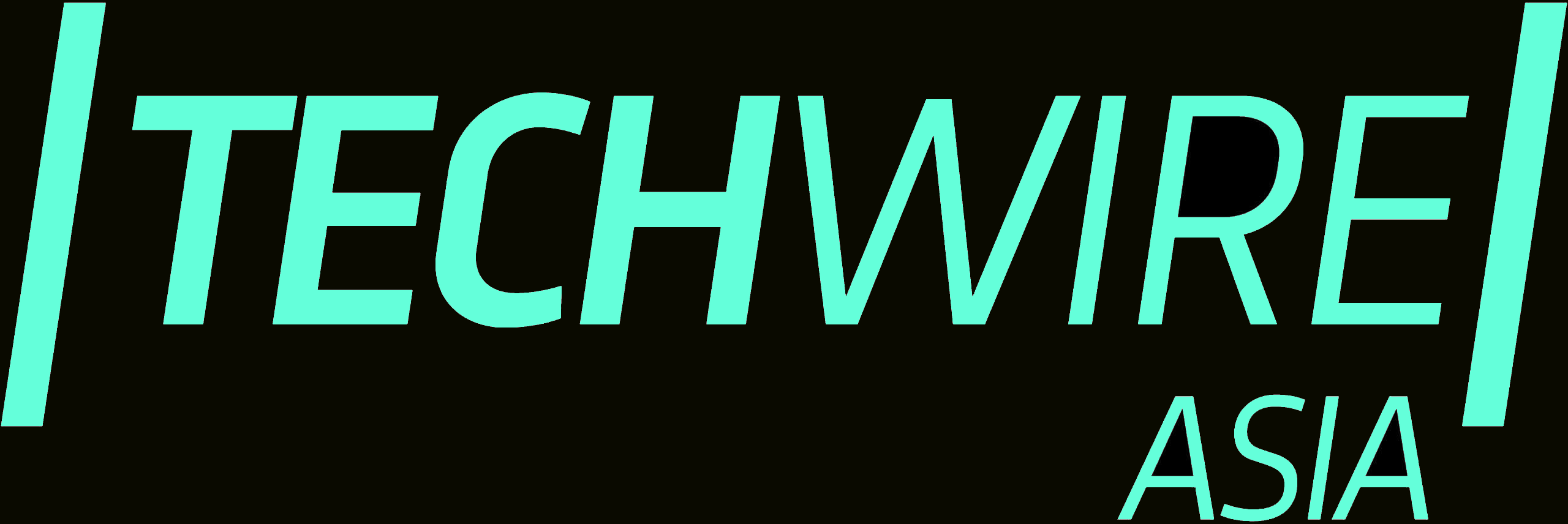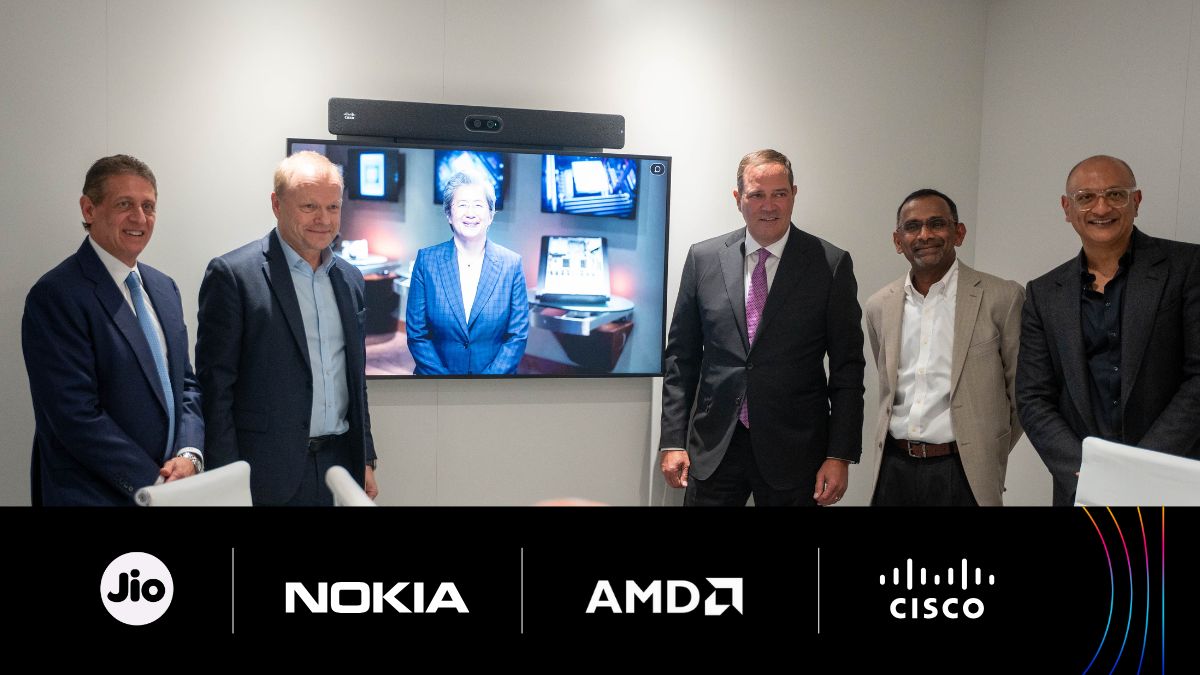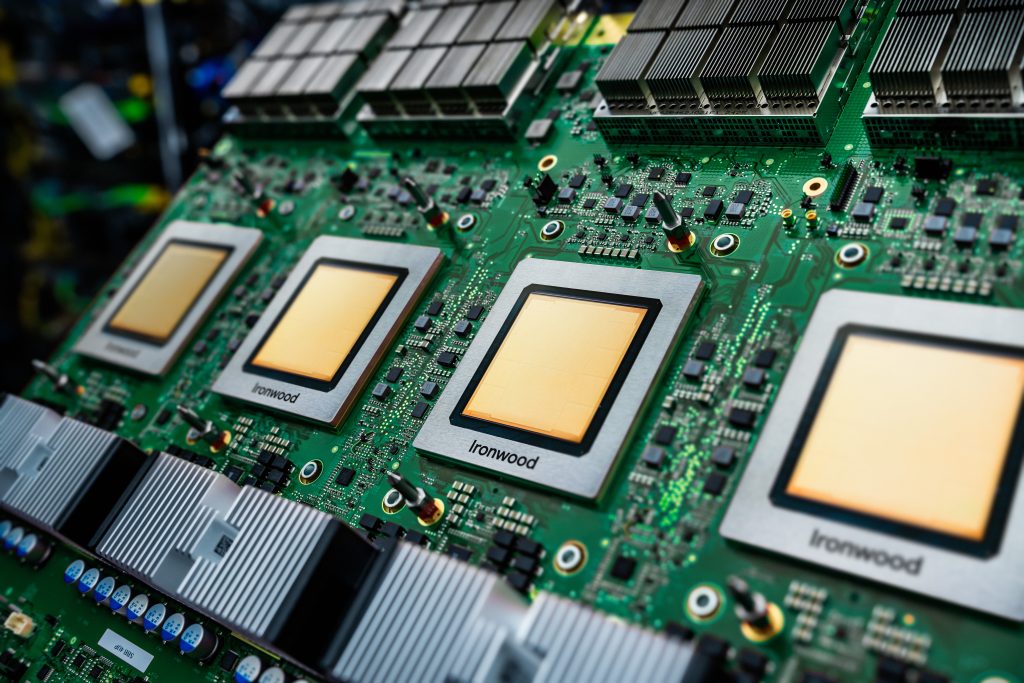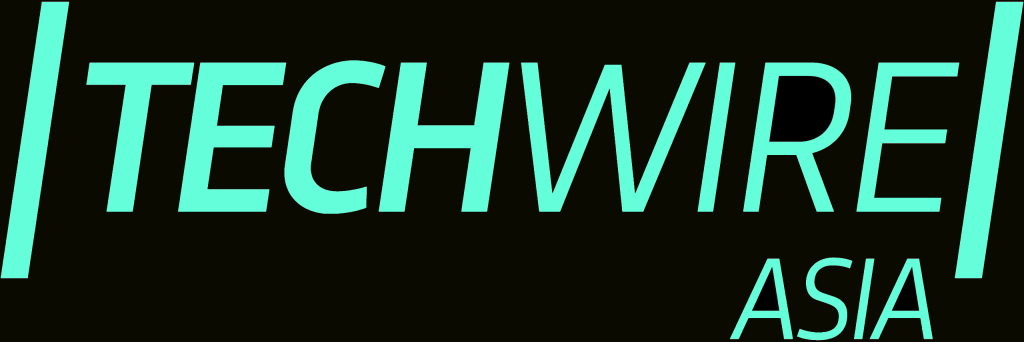- Open Telecom AI Platform aims to redefine network operations.
- Integrates-edge AI on all telecom layers.
- New partnership could position India as leader in telecom innovation.
The Telecom AI Platform collaboration between Jio Platforms Limited (JPL), AMD, Cisco, and Nokia revealed at last month’s Mobile World Congress 2025 may represent a significant shift in how telecom networks evolve in coming years.
The partnership focuses on developing an open AI framework for network operations, and comes as service providers worldwide face mounting pressure to improve efficiency and create new revenue streams.
Announced on March 3, the alliance brings together expertise across RAN, routing, AI data centres, security, and telecom infrastructure to create what the companies describe as a “central intelligence layer” for telecom and digital services. The multi-domain intelligence framework aims to integrate AI and automation in all network operations, with Jio serving as the first implementation case.
“We are building a multimodal, multi-domain orchestrated workflow platform […] for the telecom industry,” said Mathew Oommen, Group CEO of Reliance Jio. He highlighted the platform’s potential to transform networks into “self-optimising, customer-aware ecosystems.”
Technical foundations and AI
What sets the Telecom AI Platform apart is its technological approach. The platform will be LLM-agnostic and use open APIs, using multiple forms of artificial intelligence including agentic AI, general and domain-specific LLMs, Small Language Models (SLMs), and non-GenAI machine learning techniques.
AMD’s chair and CEO Lisa Su heralded “more secure, efficient, and scalable networks,” made possible through the platform, which uses Cisco’s Agile Services Networking and Data Centre Networking, plus Nokia’s capabilities in RAN, Core, fixed broadband, and optical transport.
India first, then global expansion
The Open Telecom AI Platform’s first customer, Jio, describes a “replicable reference architecture and deployable solution for the broader global service provider industry.”
The company hopes to position India as a front-runner in AI-driven telecom innovation. The timing of the project is significant, as telecom operators worldwide face increasing pressure to enhance network performance and offer new services beyond those of traditional telecom infrastructure.
“The initiative goes beyond automation – it’s about enabling AI-driven, autonomous networks that adapt in real-time, enhance user experiences, and create new service and revenue opportunities across the digital ecosystem,” Oommen said.
Real-world applications and benefits
Industry analysts suggest the Telecom AI Platform could drive significant improvements in several key areas:
- Network security: Enhanced threat detection and prevention through AI-driven analysis across network layers
- Operational efficiency: Reduced total cost of ownership through automation and predictive maintenance
- Self-healing networks: Autonomous identification and resolution of network issues before they impact service
- Revenue generation: Creation of new AI-enabled services and applications for enterprise and consumer segments
Potential timeline and global impact
While specific deployment timelines weren’t disclosed in the announcement, the companies indicated that development is actively underway. The platform’s open architecture design suggests its impact could extend far beyond Jio’s network in India.
The Telecom AI Platform represents a significant step toward what industry experts call “cognitive networks” – telecommunications infrastructure with embedded intelligence that can learn, adapt, and evolve autonomously. For global telecom operators watching this development, the platform could provide a blueprint for integration that addresses their most pressing challenges: reducing operational costs, enhancing security posture, improving customer experience, and developing new revenue streams.
As telecom networks continue their evolution toward 6G and beyond, initiatives like this Telecom AI Platform may well determine which operators thrive in the future – and which countries will lead the next wave of telecommunications innovation.








